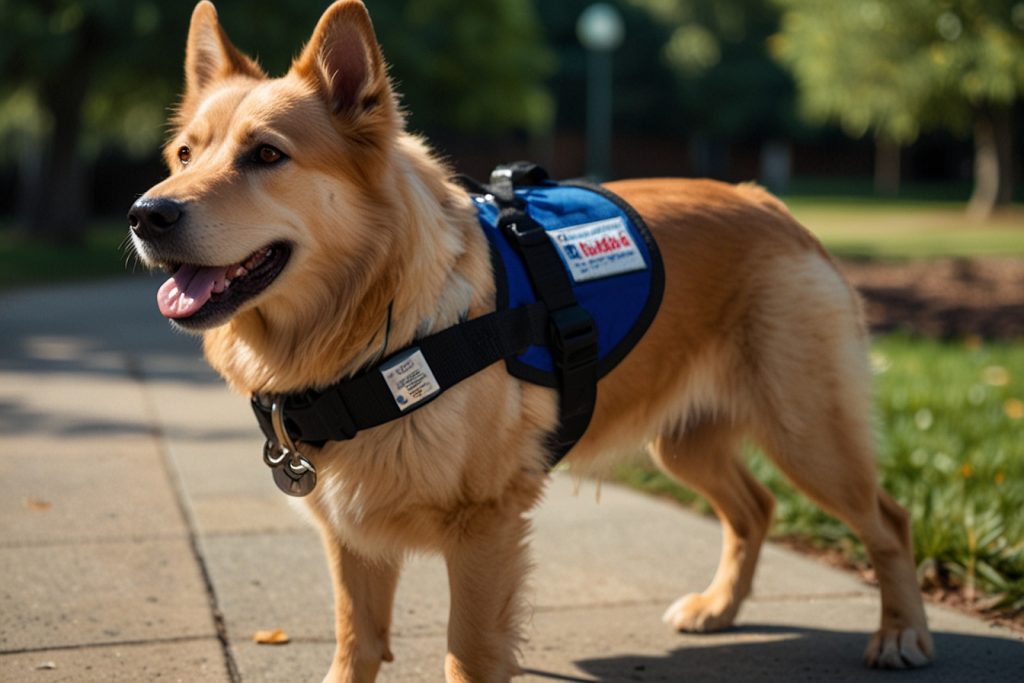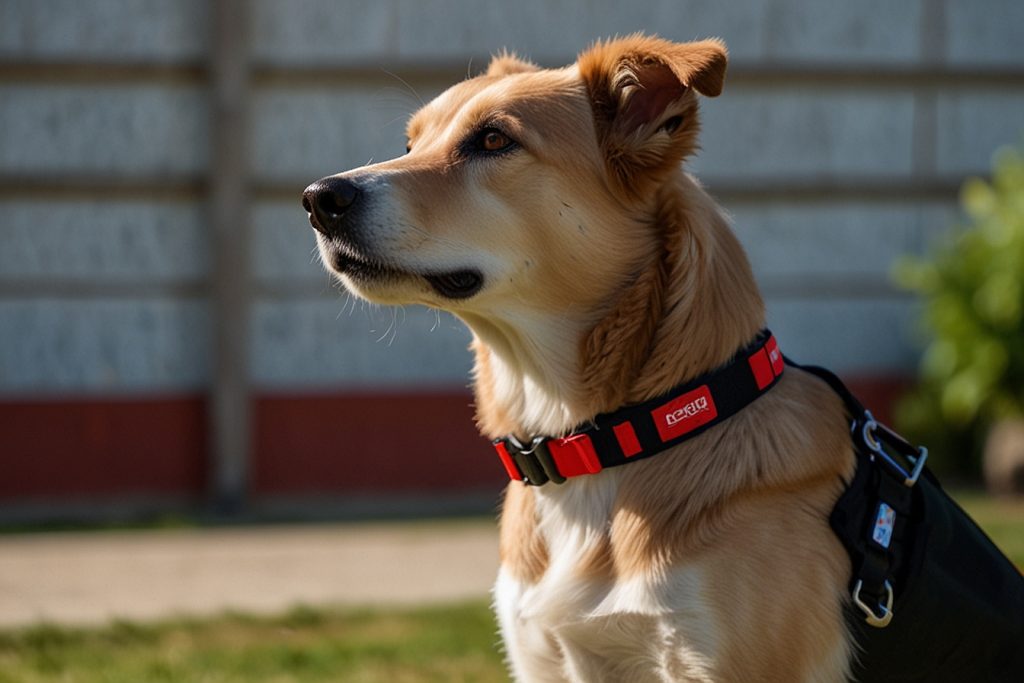Introduction
Managing diabetes involves constant vigilance and monitoring, which can be both physically and emotionally taxing. For many individuals with diabetes, especially those experiencing hypoglycemic unawareness, the presence of a diabetic alert dog can be life-changing. These specially trained dogs are capable of detecting low blood sugar levels before the situation becomes critical, offering timely alerts that can prevent serious health complications. However, obtaining a diabetic alert dog can be expensive, making the prospect daunting for many.
Fortunately, there are diabetic alert dog grants available that can help alleviate the financial burden. These grants can make it possible for individuals to afford these invaluable service dogs, ensuring better management of diabetes and improved quality of life. In this article, we will explore the various avenues through which one can obtain diabetic alert dog grants, the eligibility criteria, and the impact these grants can have on the lives of those with diabetes.

Development
The Importance of Diabetic Alert Dogs
Diabetic alert dogs are trained to detect changes in a person’s scent when their blood sugar levels fluctuate. These dogs can sense hypoglycemia (low blood sugar) and hyperglycemia (high blood sugar) before the individual experiences symptoms, allowing for timely intervention. This ability is particularly crucial for people who have difficulty recognizing these changes themselves, such as those with hypoglycemia unawareness.
Having a diabetic alert dog can significantly reduce the risks associated with diabetes. These dogs provide a sense of security, allowing their handlers to go about their daily lives with confidence. They can alert their owners through specific behaviors like pawing, licking, or nudging, ensuring that appropriate action is taken promptly. Additionally, these dogs can retrieve medication, food, or a phone, providing assistance during a hypoglycemic event.

Accessing Diabetic Alert Dog Grants
Given the significant benefits, it is essential to explore how one can access diabetic alert dog grants. These grants are often provided by non-profit organizations, foundations, and sometimes governmental programs. Here are some key sources to consider:
- Non-Profit Organizations: Many non-profits are dedicated to providing financial assistance to individuals in need of diabetic alert dogs. Organizations such as Diabetic Alert Dogs of America, Canine Partners for Life, and Dogs4Diabetics offer grants and support to eligible applicants.
- Foundations: Several foundations provide funding for diabetic alert dogs. The JDRF (Juvenile Diabetes Research Foundation) and the ADA (American Diabetes Association) sometimes offer grants or can direct individuals to other funding sources.
- Government Programs: Some government programs may provide funding or support for service dogs. While not specific to diabetic alert dogs, these programs can sometimes be leveraged to obtain financial assistance.
- Crowdfunding and Community Support: Platforms like GoFundMe allow individuals to raise funds for a diabetic alert dog. Community support and local fundraising events can also be effective ways to gather necessary funds.
Eligibility and Application Process
Applying for diabetic alert dog grants typically involves several steps. Here are the general requirements and procedures:
- Eligibility Criteria: Most organizations have specific eligibility criteria that applicants must meet. This can include having a medical diagnosis of diabetes, a letter from a healthcare provider, and a demonstrated need for a diabetic alert dog.
- Application Process: The application process usually requires submitting detailed information about the applicant’s medical history, lifestyle, and need for a service dog. This often includes personal statements, medical records, and letters of recommendation.
- Financial Information: Some grants may require applicants to provide financial information to demonstrate the need for assistance. This helps ensure that the grants go to those who might not otherwise afford a diabetic alert dog.
Conclusion
Securing a diabetic alert dog grant can be a transformative step for individuals managing diabetes. These grants open the door to obtaining a highly trained service dog that offers critical health monitoring and emotional support. By exploring various funding sources, meeting eligibility criteria, and navigating the application process, individuals can access the assistance they need to improve their quality of life and manage diabetes more effectively.
With the right support, a diabetic alert dog can become a trusted companion and a crucial part of diabetes management, providing peace of mind and enhancing overall well-being. This article highlights the importance of these grants and offers a pathway for those in need to secure the assistance they deserve.
